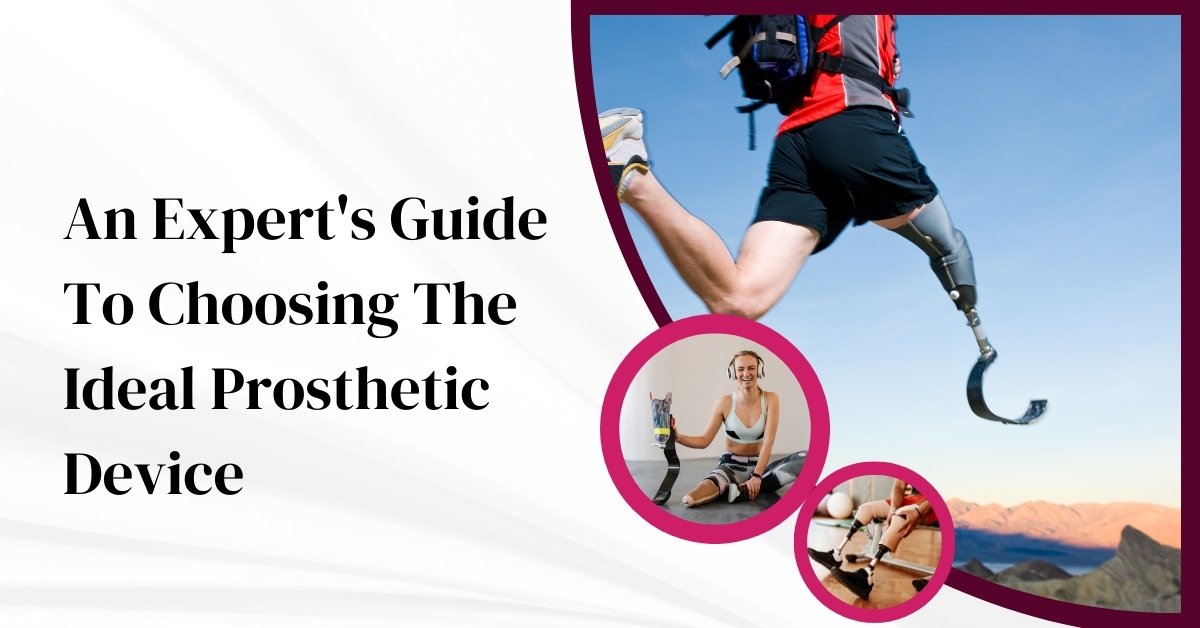Understanding Prosthetic Devices
Prosthetic devices, tailored to fit individual needs, serve as vital tools in rehabilitation. They not only restore functionality but also contribute to an improved quality of life. The evolution of prosthetic technology has led to the development of sophisticated devices that mimic natural movement and offer enhanced comfort and mobility.
Exploring Varieties of Prosthetics
1. Upper Limb Prosthetics:
From cosmetic to bionic options, upper limb prosthetics cater to diverse needs. Cosmetic prosthetics focus on aesthetics, while functional prosthetics offer manual or myoelectric control. Bionic prosthetics utilize sensors for natural movement.
2. Lower Limb Prosthetics:
Below-knee and above-knee prosthetics provide support and mobility. Foot prosthetics offer specialized designs for different activities, ensuring comfort and functionality.
3. Adaptive Prosthetics:
Tailored for unique requirements, sports prosthetics enhance athletic performance, while pediatric prosthetics consider growth and development, allowing for adjustments.
Acquiring Prosthetic Devices
-
- Consultation and Assessment: Initial consultations assess individual needs, amputation levels, and functional requirements to determine the most suitable prosthetic type.
- Customization and Fitting: Following assessment, prosthetics are customized through molding, design, fabrication, fitting, and adjustments to ensure optimal comfort and functionality.
- Training and Rehabilitation: Crucial for adapting to the prosthetic, training focuses on effective device usage and physical therapy to strengthen muscles and address challenges during the adjustment phase.
Tips for Prosthetic Device Maintenance
-
- Regular Cleaning: Maintaining hygiene through proper cleaning of prosthetic components using mild soap and water ensures comfort and longevity.
- Inspect for Wear and Tear: Regularly checking for cracks, loose parts, or changes in fit helps in addressing issues promptly, preventing further damage.
- Proper Storage: Storing prosthetics in cool, dry places away from extreme temperatures or sunlight preserves their materials and functionality.
- Follow Manufacturer’s Guidelines: Adhering to care instructions, cleaning procedures, and part replacement schedules provided by the manufacturer ensures optimal performance.
- Regular Check-Ups: Scheduled check-ups with a prosthetist help in maintaining proper fit and function, with adjustments made as needed to accommodate body changes and wear and tear.
In Conclusion
The advancement in prosthetic devices has significantly enhanced functionality and quality of life for individuals with limb loss or impairment. Knowledge of prosthetic types, acquisition process, and maintenance practices is essential for users or potential candidates. Partnering with a best prosthetics supplier company in India ensures access to cutting-edge technology and personalized solutions. By embracing modern technology and proactive care, individuals can lead fulfilling and active lives with the aid of prosthetic devices.



